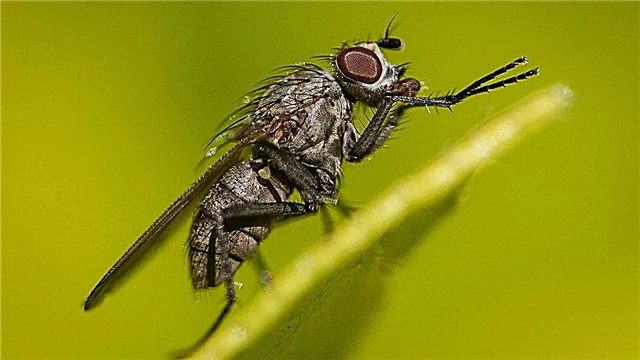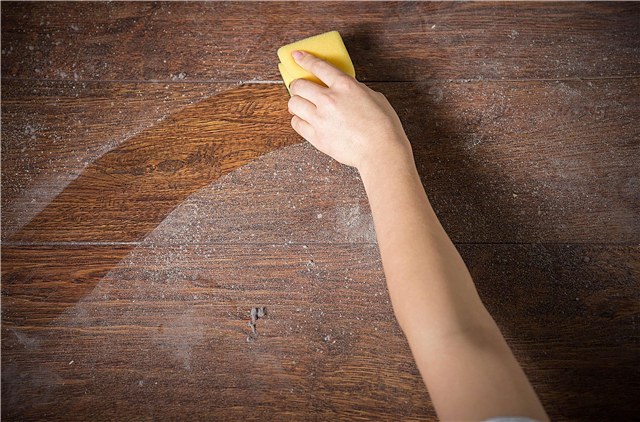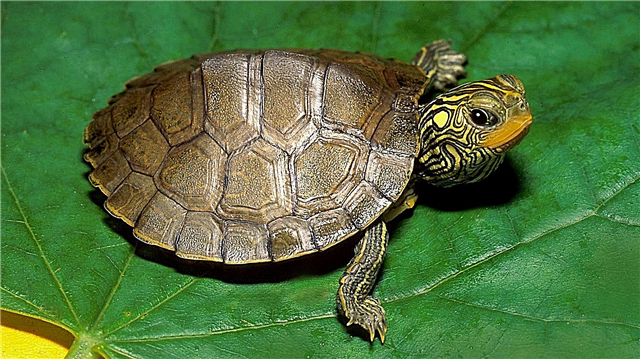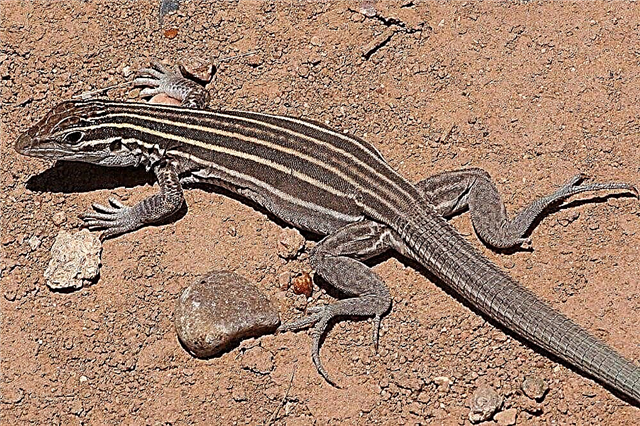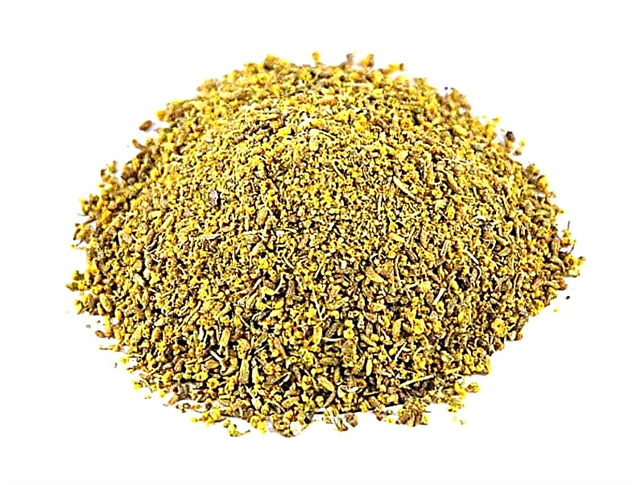
Owners of small domestic rodents are probably aware that a special running wheel must be installed in their cages. Why buy it and why are hamsters, squirrels and other animals running around in such a wheel?
Why does a domestic rodent have a wheel?
Decorative rodents are quite mobile and noisy pets. Moreover, they are both in the wild and in the domestic environment. It is easy to care for them - it is enough to regularly sprinkle food, pour water and change the litter in the cage. The rest of the time pets are happy to spend on their own treadmill.
Interesting fact: Scientists have found that an adult hamster can run in the wheel for hours on end. At the same time, she manages to cover a distance of about 12 km during the night.
Before starting rodents, care must be taken to ensure that the new habitat is as close as possible to their natural living conditions. In the wild, hamsters and other small animals hardly sit still. This is due to their natural instincts. Animals do not need to consume much food at a time. However, hamsters are known for their habit of hiding provisions in order to use these supplies later. That is why they have to constantly be in motion. The main goal is the search and storage of food.
Life in a cage does not require such intense search work from the hamster, but its instincts do not disappear.The usual run within the cage from corner to corner is not of particular interest to rodents. Therefore, they use the only available method - the wheel. It rotates very quickly and allows you to replace the intense movement in the natural environment.
Also, among wild rodents, there will probably not be at least one overweight. Thanks to an active lifestyle, hamsters maintain an optimal balance of receiving and spending energy. When an animal is placed in a cage, it should not be looking for food - food arrives regularly. Accordingly, he has nowhere to spend energy and gain weight very quickly. Too much mass is fraught with all kinds of diseases and adversely affects the quality, life expectancy of rodents. Thus, the wheel for them is really a simulator that helps to keep in shape.
Food searches are just one reason why rodents are actively running in the wheel. The second factor is security. Small animals in the wild are constantly forced to be alert. Many predators pose a serious danger to them. In addition, most of them hunt in the dark. This explains the fact that rodents become more active at night and just at that time they prefer to use a running wheel.
They, of course, distinguish the time of day. When the animal is in motion, catching it is much more difficult. The running speed of hamsters and squirrels is quite high, up to the fact that they are difficult to notice (especially at night).Running in a wheel at night, rodents most likely also follow the instinct of self-preservation.
What are the running wheels?
Determining the first inventor of the running wheel is quite difficult. But it is worth saying that now pet stores are full of a variety of such devices. It turns out that you can’t buy the first wheel you get. It must be correctly sized. Of great importance is the material of the product and the quality of its assembly, fixtures. The wheels also differ in the type of construction, mounting in the cage.
The determining factor when choosing is the type of rodent. For example, hamsters can be ordinary, dwarf, Dzungarian (especially large breeds). Each type needs an individually selected wheel made of plastic or wood with metal elements.
There are also special walking balls with holes for the smooth movement of pets around the house. They perform the same function as the wheels. And the safest option for an animal is a running disk - there is a low probability that the rodent will fall out or damage something.
Interesting fact: The average speed that hamsters develop in a wheel is about 5 km / h. It can be compared with the usual speed of a person. However, if we take into account the size of the rodent, then for such an indicator he has to spend a lot of energy.
Running in a wheel replaces rodents with their natural behavior in the wild. In captivity, domesticated pets do not need to worry about food or safety.However, they have natural instincts that make hamsters, squirrels, rats, and other animals actively move. This is especially true at night, when in nature predators are activated and go hunting. Also, a wheel for rodents is a way of consuming excess energy.

